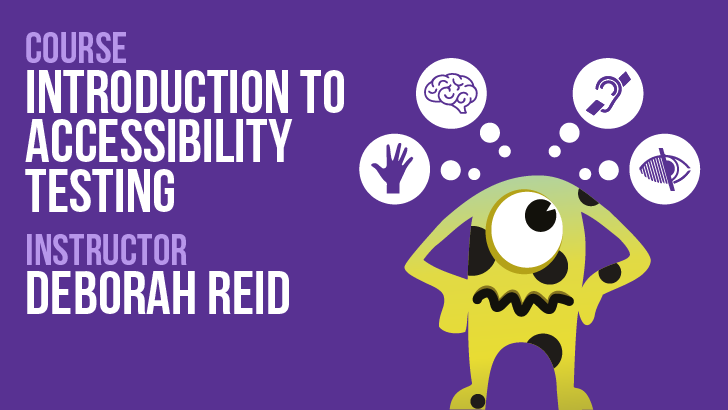By Ash Winter
Asking questions is one the most important skills of a great tester. I really want to help testers deal with the big picture, the hard to hold in your head type of information. Asking questions and piecing together that emergent picture is a real skill, so here's a taster of some powerful enquiries.

The text version!
- What business logic is contained within each layer of the proposed/existing architecture?
- Where are the synchronous functions in this architecture located?
- Which parts of the architecture are pre-compiled and which compile at run time?
- What customer facing applications are available? Websites? Publicly exposed API's?
- What load balancing applications and logic exist in the primary logical entrance to the stack?
- Are there any instances when the app tier is bypassed by the web tier?
- Is the storage for the system in a structured or unstructured state?
- How many storage instances exist and do they replicate to each other?
- Does the data layer have an backup and restore capability?
- What persistent underlying storage exists and is it shared between sites?
During my workshop I hope to expose some of the nuances of software and hardware architecture, thereby really helping testers gain insight into their own existing architecture, or really hold their own in discussion around new architectures.
After all, testing your system on a limited test environment is one thing, getting into the mindset of testing it with pools of servers, topped with load balancers and proxies is a very different challenge!


